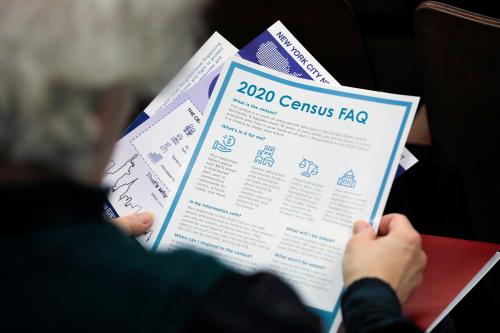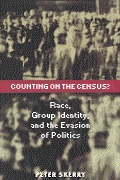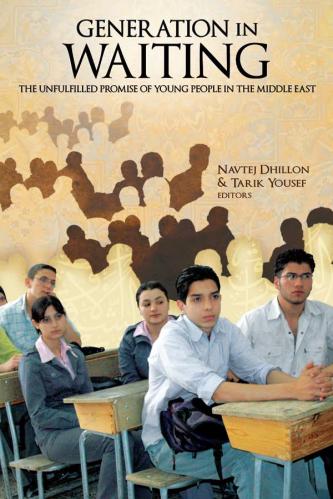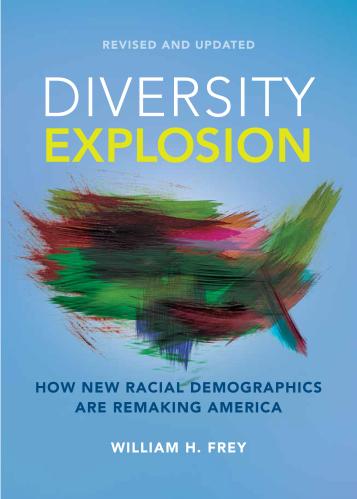Amid the many plans and projects that have been set awry by the rampage of COVID-19, spare a thought for the world’s census takers. For the small community of demographers and statisticians that staff national statistical offices, 2020—now likely forever associated with coronavirus—was meant to be something else entirely: the peak year of the decennial census cycle.
These population censuses have been many years in the planning. Some will escape unscathed: Switzerland and South Korea, for example, mostly use existing population registers, rather than fieldwork, to enumerate their populations. But in many countries enumerations have already been severely affected, including that of the United States. Of more than 70 national censuses scheduled for this year—expected to enumerate over 3 billion people—more than half are now expected to be affected by the pandemic. Over a dozen countries have already announced postponements—in the case of Brazil, by a full year.
Delay is sensible; attempting to go ahead with earlier plans while the disease rages would risk both public health and data quality. One more year of modeling and extrapolation before demographers can reset their models to a new baseline is a tolerable result. Still, this threat to census-taking is a timely reminder of how critical solid population data is for making policy—it can even be a matter of life and death. It is the framework over which nearly all other social and economic statistics are laid. Censuses have changed destinies and shaped nations throughout history, the argument advanced in my recently published book “The Sum of the People: How the Census Has Shaped Nations, from the Ancient World to the Modern Age.”
Population is the common denominator
Yet despite its significance, knowledge of the world population is a relatively recent phenomenon. Certainly, people have long had vague impressions of distant populations. The Romans, for example, knew of the populousness of India and the emptiness of the Sahara. Over centuries, as the empty areas of maps began to be filled in, impressions turned into estimates. In 1661, an Italian Jesuit, Giovanni Battista Riccioli, calculated that the total population of the world might be as large as 1 billion (it was maybe half that).
By the end of the 18th century, European traders and colonists had brought back to the West a much firmer—if still anecdotal—base of knowledge. In 1775, Johann Peter Süssmilch, a German pastor, produced the definitive 18th-century account of world population. Twenty years later, Thomas Malthus adopted Süssmilch’s estimate—another round billion—for his 1798 “Essay on the Principle of Population.” The figure was almost exactly correct; the human population had finally caught up to the imaginings of demographers.
Malthus’s essay coincided with a dramatic expansion of efforts to count population; in Britain, it actually helped launch those efforts. National censuses became more frequent and more accurate, and these were quickly used to update global estimates. By 1891, “Encyclopaedia Britannica” listed 20 successive claims about world population made from 1804 onward. The earliest are too low compared with current estimates, but they eventually converge on an accurate total of around 1.4 billion in the 1880s.
Even the more accurate estimates must have incorporated guesswork, since over half the world’s people had never been included in a census. Increasingly, statisticians worked to correct that, promoting regular, comparable census taking through international meetings. One statistician, the Hungarian Joseph Körösi called specifically for a “project for a census of the world.”
As nations unite, enumeration goes global
After the First World War, this task was taken over by the League of Nations. The result was the first consistent, rigorous, annual estimates of world population, published by the Geneva-based organization from 1926 to 1944. Meanwhile, in member nations, the census project was expanding: By the start of the 1930s, three-quarters of the world’s population lived in a country whose population had been counted. These totals revealed that a new global population milestone had been reached: 2 billion (dated then to 1930 and now to 1927).
Of large countries, only China lacked a census total acceptable to the League’s statisticians. In publications, China’s population was listed as 450 million from the 1920s onward, with “a very considerable margin of error.” That margin would remain for a further two decades, but in 1953, the largest unknown in the global population sum was finally resolved, with the first complete census of China. The total—582 million for the mainland—came as a shock in the West. League of Nations publications had still been reporting 450 million as late as 1945.
By then, nearly every part of the world had been enumerated at some point. Following the Second World War, the United Nations took over the job of estimating world population. The organization issued a call for every country to take a new census, and most did. Writing in 1955, the U.N.’s statisticians could observe with satisfaction that “a tremendous statistical task has been accomplished… The censuses since 1945 more nearly approach a ‘world census’ than at any other similar time period in the history of the world.” Over 80 percent of the world’s population had been counted. Success followed success: In the 10 years to 1964, census takers counted nearly 95 percent of people on the planet. Josef Körösi’s vision of “an international census of the world” had finally been achieved.
Counting heads, keeping secrets, and spreading panic
One consequence of the flood of new data, particularly from China, was major revisions to global population projections, another task that had fallen to the U.N.’s demographers. In 1951, when the population was already 2.5 billion, the U.N.’s middle projection for 1980 world population was an unremarkable 3.3 billion. But just seven years later in 1958, a stunning update was announced: 4.2 billion people by 1980. For the first time, too, the projection horizon was extended to the end of the century, when 6.3 billion were expected.
The language accompanying these official projections changed too. In the preface to their report, the authors wrote that “in 600 years the number of human beings on earth will be such that there will only be one square metre for each to live on.” The concern, and the hyperbolic tone, would be widely echoed over the next two decades as armchair demographers became celebrities and population prognostication boomed.
For census takers, the ground-level observers of present-day population, the 1960s and 1970s were leaner years. China took a count in 1964, but hid it from the world. It held no census at all the following decade. Both those census rounds suffered for its absence. But China rejoined the community of decennial census taking in 1982, and since then around 90 percent of the world’s population has been enumerated every decade.
The 2020 census round should continue that record. The many last-minute changes now being announced may seem daunting. Census takers are planners by nature, precise and methodical—not unlike the military generals from whom, historically, they descend. But like good generals, good census takers are quick to adapt or abandon plans as necessary. The monitoring of global population is now well-supported by international bodies such as the U.N. Statistics Division, the United Nations Population Fund, and the World Bank, as well as programs of bilateral cooperation.
With a little luck, by the time this census round is complete in 2024, more people will have been counted than ever before. And the world will have crossed a new threshold: 8 billion human beings.
Adapted from “The Sum of the People: How the Census Has Shaped Nations, from the Ancient World to the Modern Age” by Andrew Whitby.
The Brookings Institution is committed to quality, independence, and impact.
We are supported by a diverse array of funders. In line with our values and policies, each Brookings publication represents the sole views of its author(s).










Commentary
A once-in-a-century pandemic collides with a once-in-a-decade census
May 7, 2020